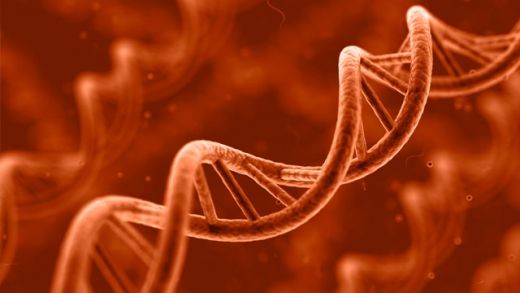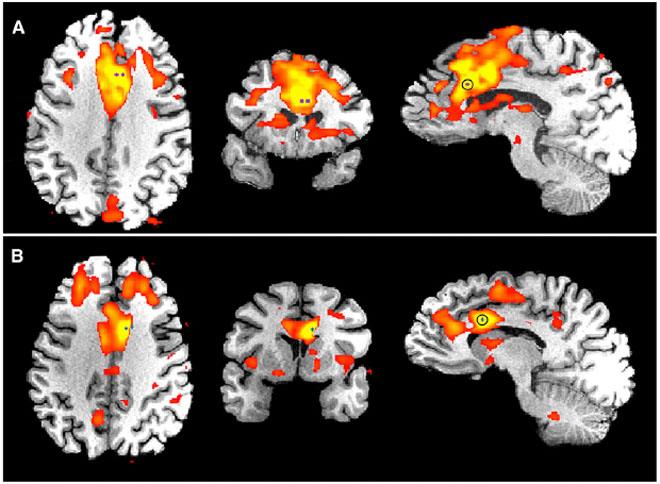
© Spirit Science and Metaphysics
A book titled
Biocentrism: How Life and Consciousness Are the Keys to Understanding the Nature of the Universe has stirred up the Internet, because it contained a notion that life does not end when the body dies, and it can last forever. The author of this publication, scientist Dr. Robert Lanza who was voted the 3rd most important scientist alive by the
NY Times, has no doubts that this is possible.
Beyond time and spaceLanza is an expert in regenerative medicine and scientific director of Advanced Cell Technology Company. Before he has been known for his extensive research which dealt with stem cells, he was also famous for several successful experiments on cloning endangered animal species.
But not so long ago, the scientist became involved with physics, quantum mechanics and astrophysics. This explosive mixture has given birth to the new theory of biocentrism, which the professor has been preaching ever since. Biocentrism teaches that life and consciousness are fundamental to the universe. It is consciousness that creates the material universe, not the other way around.
Lanza points to the structure of the universe itself, and that the laws, forces, and constants of the universe appear to be fine-tuned for life, implying intelligence existed prior to matter. He also claims that space and time are not objects or things, but rather tools of our animal understanding. Lanza says that we carry space and time around with us "like turtles with shells." meaning that when the shell comes off (space and time), we still exist.
The theory implies that death of consciousness simply does not exist. It only exists as a thought because people identify themselves with their body. They believe that the body is going to perish, sooner or later, thinking their consciousness will disappear too. If the body generates consciousness, then consciousness dies when the body dies. But if the body receives consciousness in the same way that a cable box receives satellite signals, then of course consciousness does not end at the death of the physical vehicle. In fact, consciousness exists outside of constraints of time and space. It is able to be anywhere: in the human body and outside of it. In other words, it is non-local in the same sense that quantum objects are non-local.
Lanza also believes that multiple universes can exist simultaneously. In one universe, the body can be dead. And in another it continues to exist, absorbing consciousness which migrated into this universe. This means that a dead person while traveling through the same tunnel ends up not in hell or in heaven, but in a similar world he or she once inhabited, but this time alive. And so on, infinitely. It's almost like a cosmic Russian doll afterlife effect.












Comment: Learn more about the numerous benefits of stress reduction and meditation. Visit the Éiriú Eolas Stress Control, Healing and Rejuvenation Program here, learn breathing and meditation techniques that will help you to:
- Relax from the stresses of everyday life
- Gently work your way through past emotional and psychological trauma
- Release repressed emotions and mental blockages
- Rejuvenate and Detoxify your body and mind
Éiriú Eolas removes the barriers that stand between you and True Peace, Happiness, and ultimately a successful, fulfilling life.